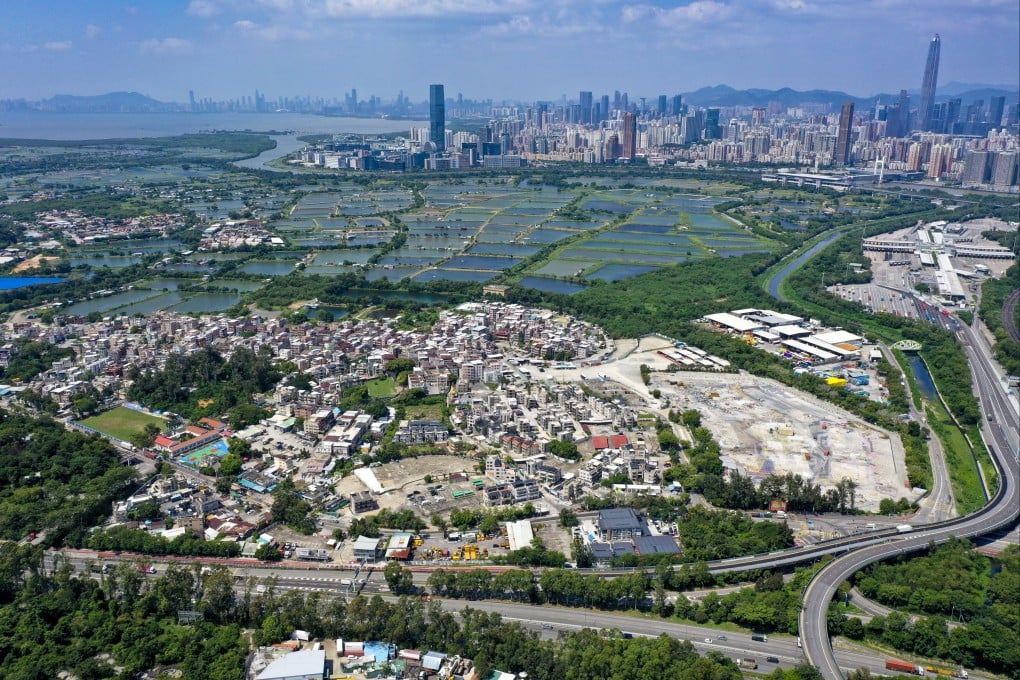Hong Kong must go beyond land grants to make proposed technopole succeed, learn from past mistakes at Science Park and Cyberport, experts say
- Located near border with mainland China, 627-hectare San Tin Technopole features 300 hectares of land devoted to innovation and technology purposes
- Plan to allocate grant plots to multinationals will not be enough to spur growth, while past errors from previous hub projects must be avoided, according to experts

Instead of selling the sites for I&T use through open tender, the government is considering directly granting plots ranging in size from 10 to 70 hectares to multinational corporations who can plan their own facilities. Authorities have said they will include terms in leases and operating agreements to guarantee the city’s best interests are served.
But past hiccups in building the city’s two existing technology hubs have raised questions over the potential success of the new development.
Opened in 2004, the Science Park in Tolo Harbour, New Territories, offers 371,612 square metres of office space, housing over 1,100 tech companies from 22 countries and districts.
Currently, the park only provides office space, and its land designated for phase four developments were taken back by the government to build homes in 2014. The park, now surrounded by luxury homes, is looking at the feasibility of reclaiming more nearby land for expansion.
Nicholas Brooke, former chairman of the Hong Kong Science and Technology Parks Corporation, said the proposed land grant at San Tin would be more attractive to multinationals.